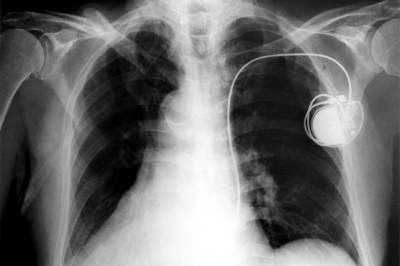
Co-led by Boston-based Broadview Ventures and Israel-based aMoon Ventures, the financing also includes participation from a corporate partner.
The company is in the development of a new cardiac pacing method which will not require any hardware to be placed inside or onto a patient’s heart.
The new technology will offer a new treatment option for both transient and chronic bradycardia, including the escalating need for temporary pacing in conjunction with transcatheter aortic valve replacement (TAVR) procedures.
AtaCor Medical CEO Rick Sanghera said: “We welcome our new venture partners and extend our appreciation to our earlier investors in supporting AtaCor’s goal to free patients’ hearts from unnecessary pacing hardware.
“We are excited to accelerate development efforts and look forward to bringing this new pacing option to patients and physicians alike.”
Broadview Ventures Maria Berkman said: “AtaCor’s technology promises to be a step change in cardiac pacing, and we look forward to working closely with the AtaCor team to support their progress toward the clinic.”
AtaCor Medical was founded in 2014 to develop new cardiac pacing technologies. The company has developed substernal pacing, where the lead is inserted without any need for medical imaging and this allows for faster, less-invasive therapy delivery. The placement is also claimed to avoid the need to access the patient’s vascular system and will leave the heart completely untouched.
Furthermore, the substernal lead has been designed to eliminate bedrest restrictions associated with temporary pacing, thereby improving patient mobility and post-procedural recovery.
AtoCor Medical stated that when patients need pacemaker therapy in the present times, the hardware is inserted into the veins and is attached to the inside of the heart.
The process requires extensive x-ray imaging. Once implanted, the hardware could lead to serious complications and could also pose challenges during removal procedures, even for newer ‘leadless’ pacemakers.
Furthermore, temporary pacing leads, used during emergencies and other planned procedures, often force bedrest restrictions on patients and also carry their own set of risks, the company said.



